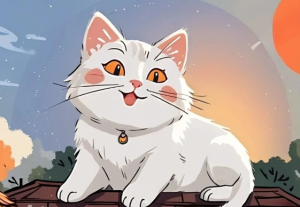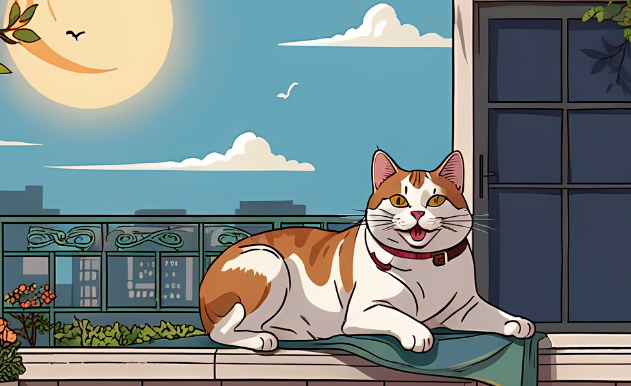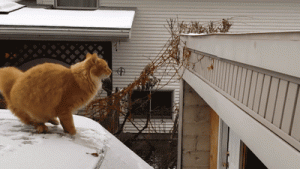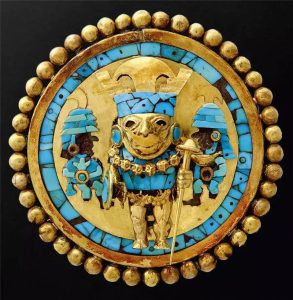In the hot summer weather, have you been paying attention to keeping your cat cool? When cats get too hot, they show several specific signs, and you definitely don’t want to miss them.
-
Belly Up
When you see your cat exposing its cute little belly, your first reaction might be that it’s asking for some belly rubs. However, if this behavior occurs frequently and especially during hot summer days, it could mean something else. Cats’ abdominal skin is thinner, and their fur is relatively sparse, making it one of the few places on their body that can effectively release heat. An experiment conducted by an animal behaviorist in a 30°C room showed that 80% of cats chose to lie on their backs or sides, while in a cooler 20°C environment, more cats curled up into a ball. This is similar to how humans prefer a cooling mat in summer and a thick blanket in winter—it’s an instinctive choice. So, if your cat frequently shows its belly in the summer, it could be a sign that it’s feeling too hot.
-
Damp Paws
Is your cat’s paw pad damp during the summer? If so, this could be another sign that your cat is overheated! Cats only have sweat glands on their paws and around their nose. Although the sweat produced by these glands is minimal, it still helps cool the cat’s body through evaporation. I had a friend who once took her cat to the vet in the summer, and after returning home, she noticed her cat’s paws were damp, leaving small paw prints on the floor. This is a clear sign that the cat was too hot. If your cat’s paws are wet or if it frequently licks its paw pads, pay attention—it may be overheated.

-
Rapid Breathing
Normally, cats breathe slowly and gracefully, averaging 20–30 breaths per minute. However, when the temperature gets too high, they will pant, much like dogs, to help cool down. It’s important to note that a cat’s panting is different from a dog’s—it’s an emergency cooling mechanism. If your cat continues to pant for more than 5 minutes, or if you notice labored breathing or its tongue turning purple, it could be a sign of heatstroke. In this case, immediate cooling measures should be taken, and if necessary, seek veterinary treatment.
-
Decreased Appetite
Does your cat seem to eat less in the summer, with noticeably reduced appetite compared to winter? This is actually a result of the high temperatures causing a drop in appetite. Just like humans, cats don’t feel like eating when it’s too hot. By eating less, cats can reduce the metabolic heat their bodies produce. Studies have shown that when the temperature exceeds 28°C, cats tend to eat 15%–20% less than usual. If your cat eats less during summer but behaves normally otherwise, it’s likely due to the heat. You might want to offer more wet food to encourage your cat to eat more.
The behaviors listed above are all signs that your cat might be feeling too hot. During the scorching summer months, it’s important to keep a close eye on your cat. So, do you think your cat is sensitive to summer temperatures? And what measures have you taken to help keep your cat cool during the hot summer days?





